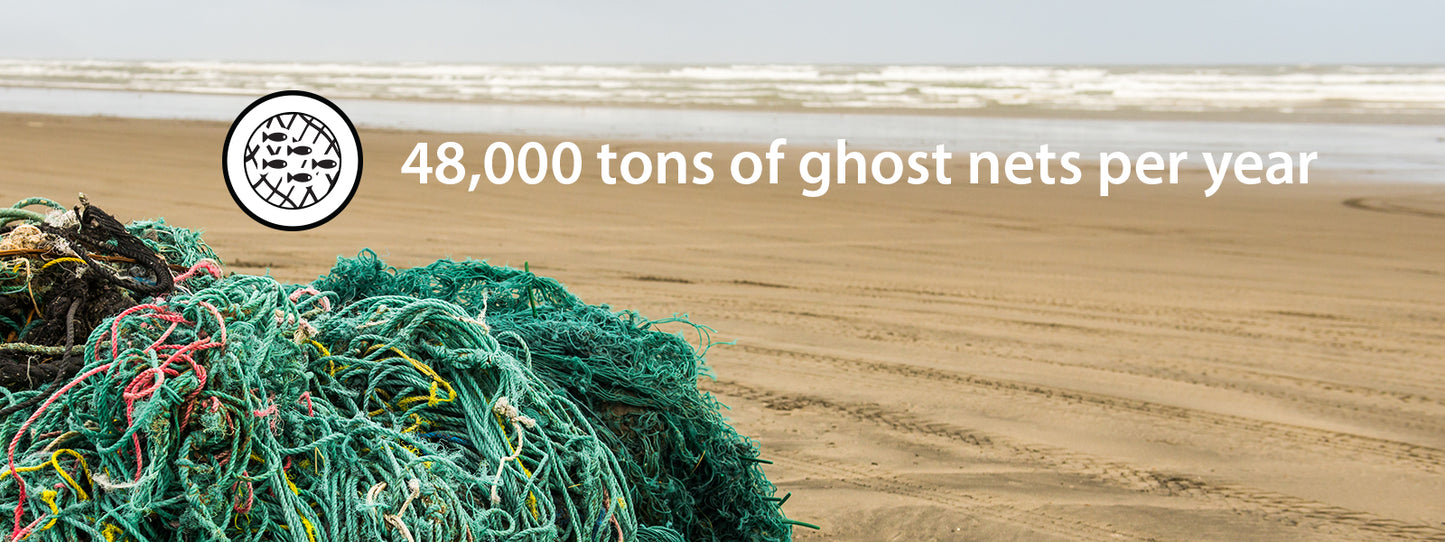
A ghost net is a fishing net that’s been lost or abandoned in the ocean.
Did you know, 48,000 tons of Ghost Fishing Nets enter the oceans each year? These abandoned nets continue to trap everything in their path, presenting a major problem for the health of our oceans and marine life.
Says Worldwildlife.org, ghost nets are also a major contributor to the Ocean Plastics Crisis. Most modern nets are made of nylon or other plastic compounds that can last for centuries. According to a 2018 study in Scientific Reports, ghost nets make up at least 46 percent of the Great Pacific Garbage Patch. Those abandoned fishing lines and nets that do breakdown never go away; they just become smaller pieces of plastic. Marine animals mistake this microplastic for food and eat it, which can harm internal organs, keep them from eating, and expose them to toxic chemicals.
We realize we are only doing a small part, but it's important to our Bumbleride mission to do our best to preserve the planet we all share. We started working with a partner in Taiwan back in 2019 to test using fishing nets recovered from the oceans and upcycling them into plastic parts. Because we are huge on both durability and performance as well as our environmental impact, we took a lot of time testing and retesting these items to ensure the utmost quality.
The process starts with discarded fishing nets that undergo a recycling/manufacture process (segregating → washing → cutting → melting), which are then transformed into recycled plastic material pellets and finally become modified plastic. This plastic will meet the needs of various applications, such as plastic components on a Bumbleride stroller frame.
Beginning with our 2020 Bumbleride Collection, 25% of plastic components on our stroller frame contained upcycled fishing nets recovered from the oceans outside our factory. We're proud to announce that as of 2023, we've increased that to 50% of the plastic components come from upcycled fishing nets removed from local Taiwanese oceans.
We continue to research new materials that maintain our high standards for performance, while reducing our impact on the environment.
Cleaner oceans, happier sea life and less virgin plastic.



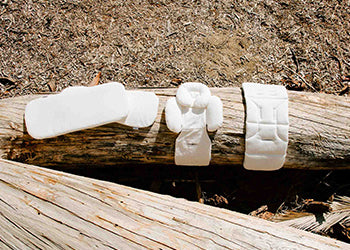

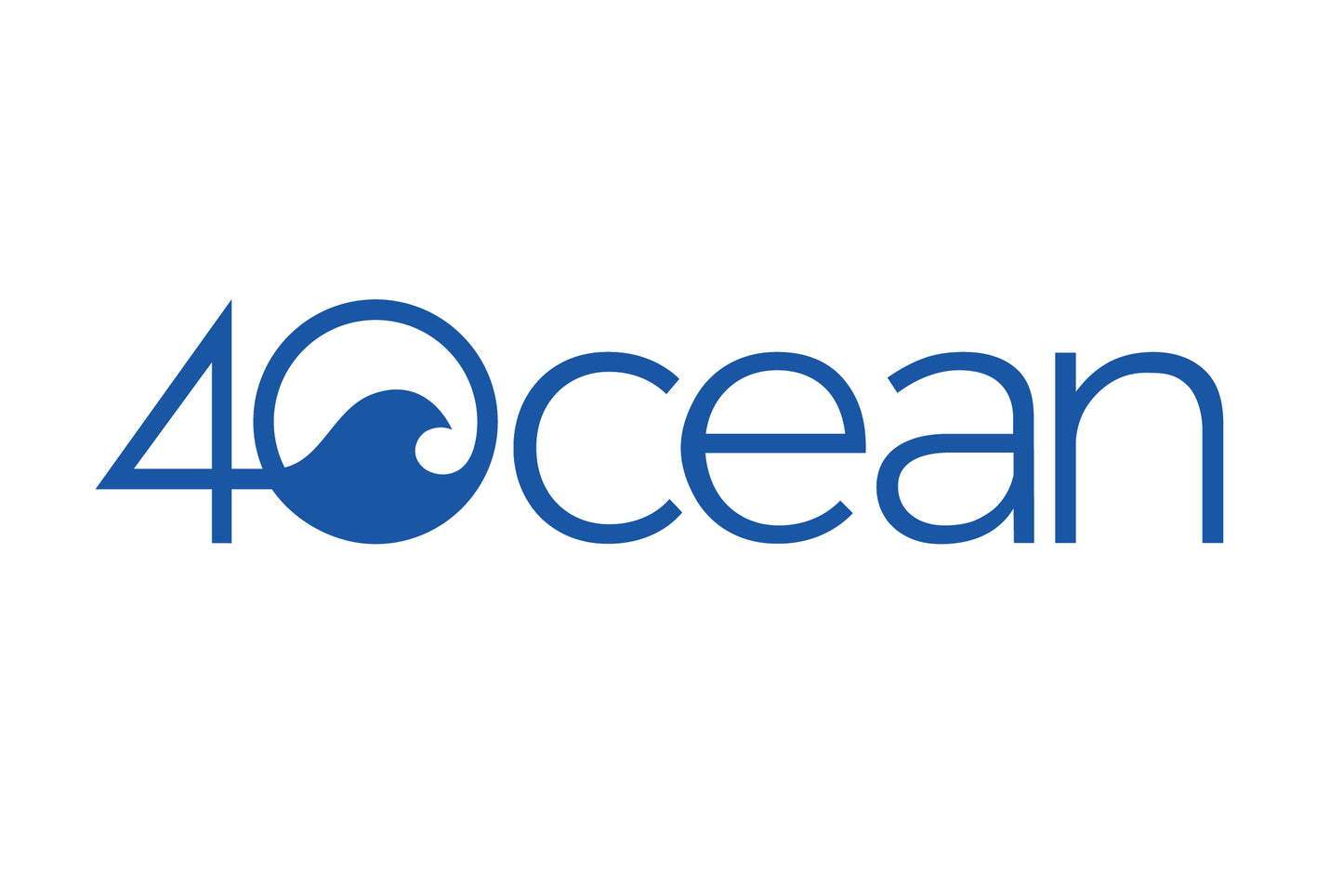
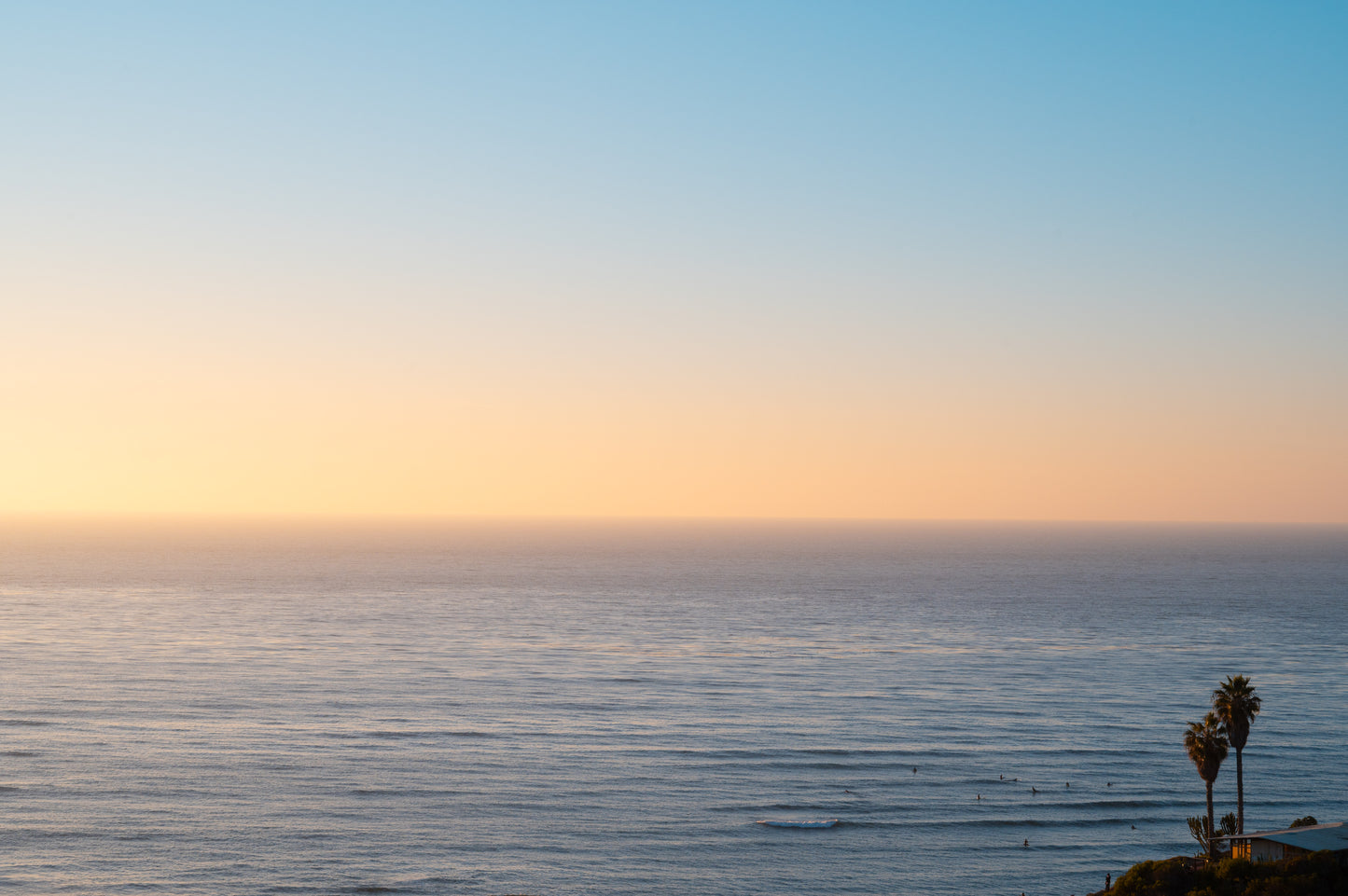
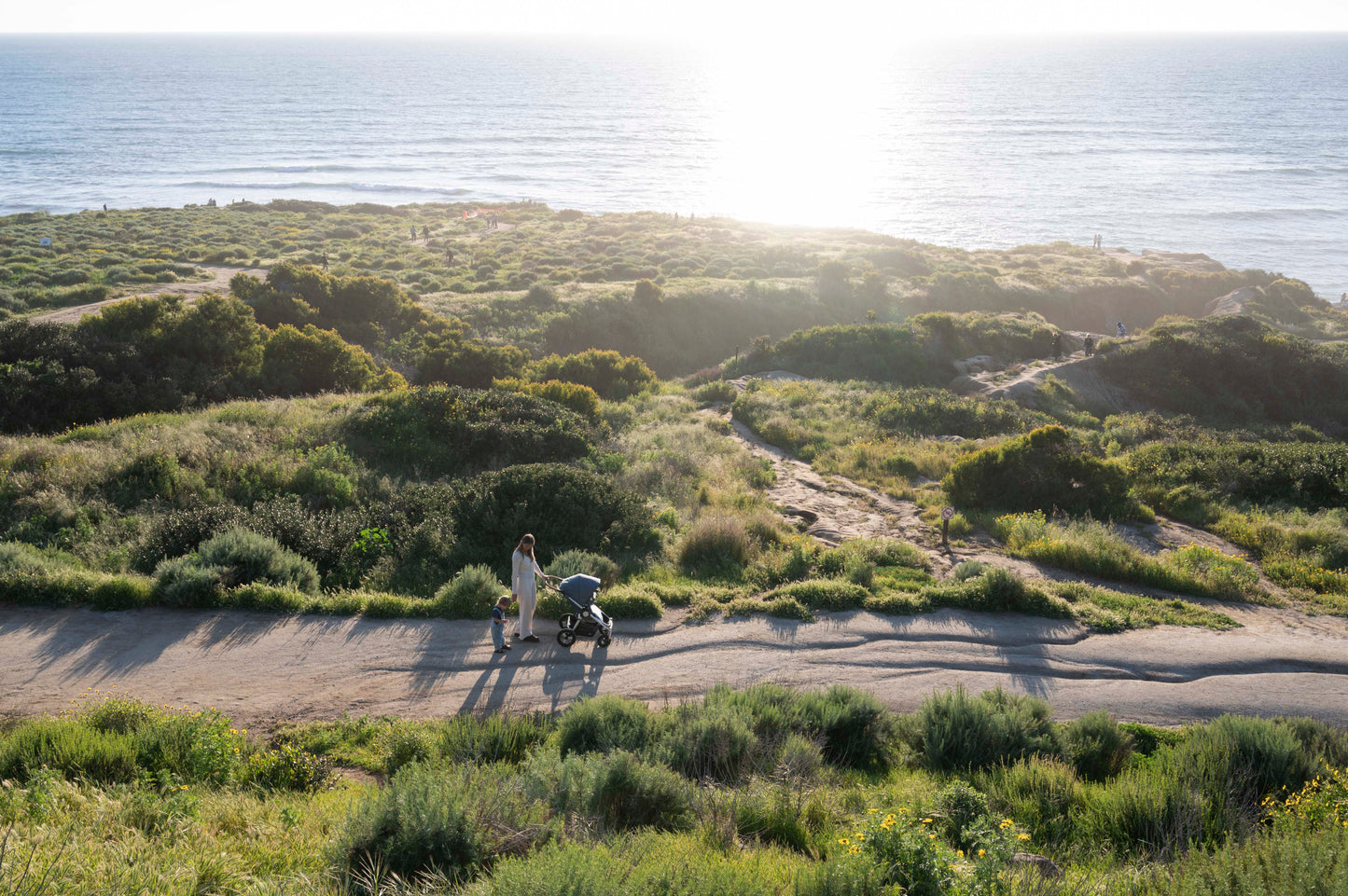

 Estonia
Estonia Latvia
Latvia Lithuania
Lithuania